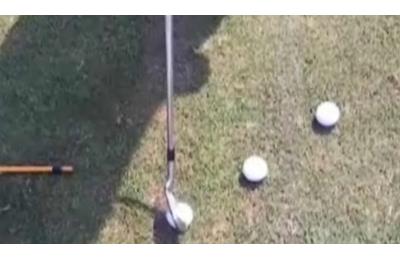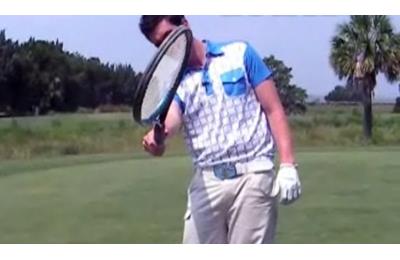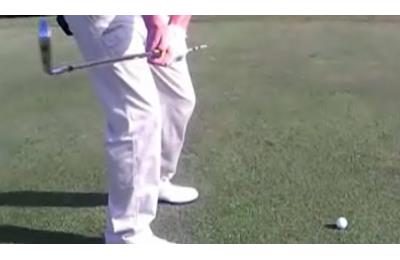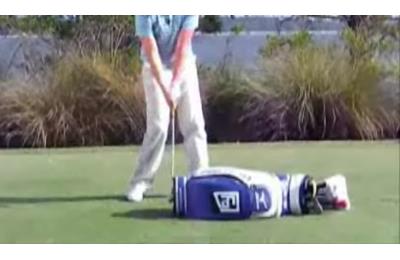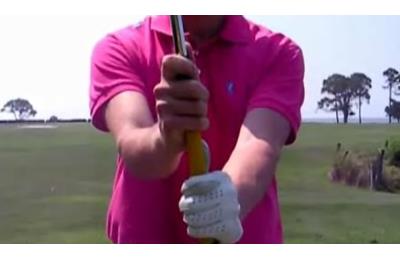Three ball drill to stop slicing
Written by Dan Frost on Tuesday 14 October 2008
A simple, yet very effective drill to train you to stop slicing is to place three golf balls on the ground in a diagonal line and strike the centre ball. If you can do this without disturbing the two outside balls then your swing path will be re-trained. Watch this video instruction tip to learn how to set the balls out correctly...
